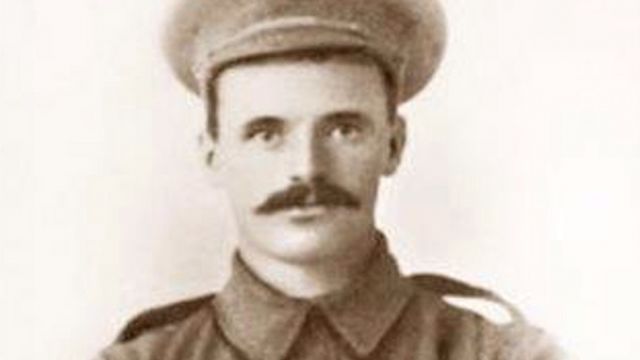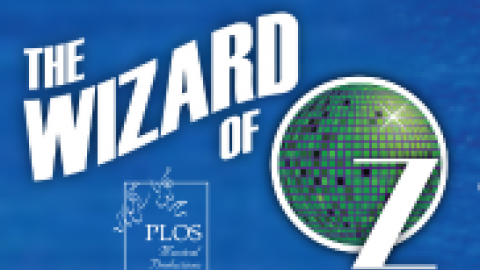VC Winner’s Story On Stage
THE Old Mill Theatre is playing host to the Perth premiere of Under Any Old Gum Tree on February 1. It’s the story of Martin O’Meara VC and what’s been described as “one man’s journey into hell” as he came from Ireland to Australia and then from No Man’s Land to insanity.
Written and directed by Noel O’Neill in association with the Australian-Irish Heritage Association, the show features Kieran Garvey and Rex Gray and includes songs and music written and dedicated to Martin O’Meara.
Under Any Old Gum Tree is on for just ONE night only and plays at 7.30pm, Saturday, February 1, at the Old Mill Theatre. Tickets are $25, $20 concession (includes tea and coffee) – book on 9367 8719 or oldmilltheatre@iinet.net.au.
Who was Martin O’Meara?
Martin O’Meara (1885-1935), sleeper-cutter and soldier, was born on November 6, 1885, in the parish of Lorrha, Tipperary, Ireland, son of Michael O’Meara, labourer, and his wife Margaret, née Connor. He arrived in Western Australia as a youth, having worked his passage as a stoker.
Giving his occupation as sleeper-hewer, he joined the Australian Imperial Force in Perth on August 19, 1915, and left Australia with the 12th Reinforcements for the 16th Battalion in December. After training in Egypt in early 1916, the battalion moved to the Western Front in France where it fought on the Somme. On August 9-12, the 16th mounted an attack on German positions at Mouquet Farm near Pozières. Devastating German artillery fire caused heavy casualties. An entry in the battalion war diary on August 12 laconically stated “the trench as a trench had ceased to exist”.
During this period O’Meara, then acting as a stretcher-bearer, behaved in a manner which led one officer to describe him as “the most fearless and gallant soldier I have ever seen”. He was credited with having saved the lives of more than 25 wounded men by carrying them in from No Man’s Land “under conditions that are undescribable”. Even after the battalion was relieved of its commanding officer Lieutenant-Colonel E. Drake-Brockman, O’Meara returned to the frontline through the bombardment to rescue two wounded comrades despite having “reached a position of comparative safety”. At other times he had, on his own initiative, brought up much-needed supplies of grenades, ammunition and food. For these actions, O’Meara was awarded the Victoria Cross.
O’Meara spent the rest of the war with the 16th Battalion; he was wounded three times and promoted to sergeant. In November 1918, he returned to Australia and was discharged from the AIF in Perth in November 1919. His war experiences caused a complete breakdown in his health… he spent the rest of his life in military hospitals, suffering from chronic mania. He was too ill to attend a special Armistice Day dinner in 1929 given by the governor of Western Australia for the State’s VC winners. He died in Claremont Mental Hospital, Perth, on December 20, 1935. His death certificate gave his occupation as “returned soldier”. He was buried with full military honours in Karrakatta Catholic cemetery by Fr John Fahey. The mourners included three VC winners: C. Sadlier, J. Woods and Thomas Axford. Senator Sir George Pearce was a pallbearer.
In 1917, O’Meara had revisited his native Ireland where money was raised as a testimonial to him from Lorrha and neighbouring parishes. He left it to the parish to restore the historic Lorrha Abbey. That task being beyond this sum, it was instead applied to repairs of the existing parish church. In 1986, his VC was donated to the West Australian Army Museum.
More about Martin O’Meara: http://martinomeara.weebly.com/
Subscribe to our E-Newsletter, buy our latest print edition or find a Performing Arts book at Book Nook.





